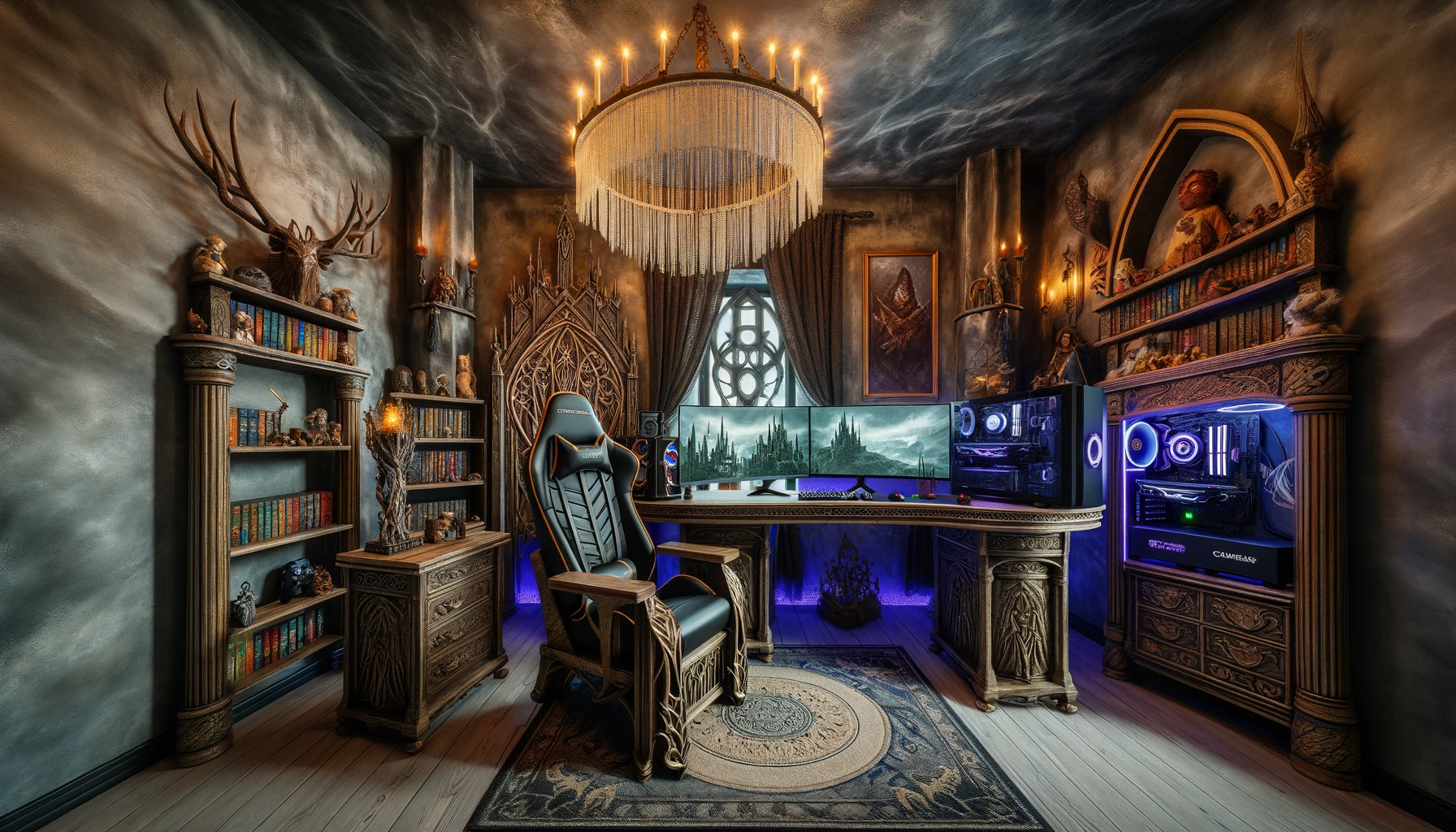In the realm of video games, particularly those that venture into the horror genre, the influence of art can be profound. Necrophosis, an upcoming horror game, has garnered attention for its eerie ambiance and unsettling visual style, which heavily borrows from the works of H.R. Giger and Zdzisław Beksiński. These artists are renowned for their distinctive, often macabre styles, which have now found a new canvas in the world of gaming. This game, currently in its demo phase, promises a blend of exploration, puzzle-solving, and a deeply atmospheric horror experience that echoes the unsettling artworks of its inspirations.
The relationship between video games and art has always been a topic of interest. Games like Scorn have previously attempted to translate the visceral and surreal horror of Giger and Beksiński into interactive media with varying degrees of success. Necrophosis, by incorporating these artistic influences, aims to offer a fresh yet familiar nightmare to the gaming community. The game’s developers, Dragonis Games, have embraced a visual style that features monolithic skulls and trypophobia-inducing textures, aiming to create an immersive and disturbing world.
The gameplay of Necrophosis is particularly noteworthy for its emphasis on environmental storytelling and interactive elements. Players can explore a nightmarish cityscape, solving puzzles and interacting with the grotesque creatures that inhabit this world. The game’s use of sound—a mix of spooky ambient tracks and unsettling sound effects—further enhances the eerie atmosphere. However, a notable criticism has been directed at the excessive dialogue from non-player characters, which some feel detracts from the otherwise immersive experience.
Gameplay and Atmosphere
In Necrophosis, the player is thrown into a desolate city filled with horrific visions and sounds that are designed to evoke a sense of dread and awe. The game cleverly uses its environment to tell its story, reducing the reliance on direct narrative and allowing the scenery to convey the bulk of the horror. This technique of environmental storytelling is complemented by interactive elements such as the ability to examine and manipulate objects within the game world, adding a layer of depth to the exploration.
Player Interactions and Feedback
The interaction with the game environment goes beyond mere observation. For example, picking up a seemingly mundane object can trigger unexpected events, such as a creature beginning to scream, which enhances the surprise and horror elements. However, the game has received feedback regarding its NPC interactions. Some players have expressed that the unsolicited dialogues from creatures can occasionally break the immersion, suggesting a potential area for improvement in balancing atmospheric tension with character-driven narratives.
Insights and Inferences
- Environmental storytelling in Necrophosis successfully creates an immersive horror experience.
- Excessive NPC dialogue may detract from the game’s atmosphere.
- Interactive elements within the game enhance engagement and depth.
As Necrophosis approaches its full release, there is an opportunity for the developers to refine the dialogue mechanics based on player feedback. The game’s strong visual and auditory elements are poised to set it apart in the horror genre, provided it can strike the right balance between its artistic influences and gameplay mechanics. This balance will be crucial in defining the final reception of the game upon its release. For aficionados of horror and art, Necrophosis represents a unique intersection of gaming and visual art that seeks to leave a lasting impression.










